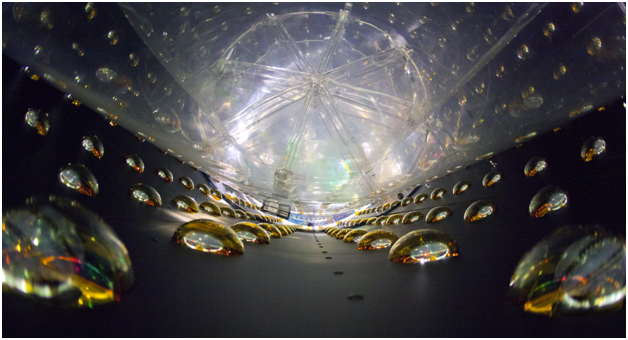The reaching of an agreement between the U.N. Security Council and Iran with respect to Iran's nuclear program has been all over the news lately. One of the major points of negotiation, contention and discussion has to do with verifying the Iran is complying with the terms of the agreement. A framework for inspections of nuclear facilities is part of the agreement. If inspectors suspect that prohibited nuclear weapons research is being carried out at a facility they can request access. Iran has twenty four days to allow the inspection or face possible renewal of the trade sanctions. Critics say that twenty four days is plenty of time for the Iranians to remove evidence of illicit research. Supporters of the agreement says that nuclear work leaves traces that are very hard to eradicate and that twenty four days is not sufficient time for this to be done. In any case, it is obvious that the ability of the inspections to either verify Iranian compliance or violation is very important so the question of the technical sophistication of the inspection staff, equipment and process is highly relevant.
The International Atomic Energy Agency which will be monitoring Iran's nuclear program "wants a reactor-monitoring tool that is portable, safe, inexpensive, and remotely controllable." Antineutrino detectors (ADs) are a good candidate. They can register the amount of uranium and plutonium that are present in a nuclear reactor core. This technology has been in development for over ten years and proponents say that there could be several different type of ADs available for monitoring nuclear facilities within two years.
Nuclear reactors are the most powerful generators of antineutrinos on Earth. Conventional ADs utilize hundreds of gallons of organic solvents mixed with gadolinium atoms. Liquid scintillator-based detectors are under development at Lawrence Livermore and Sandia National Laboratories and other laboratories in Europe. When an antineutrino enters the container of solvent, it may collide with a proton. This collision will produce a neutron and a positron. ( A positron is the anti-matter version of the electron and it has a positive charge.) When a positron hits an electron, they annihilate each other and produce a flash of light. When a neutron is captured by a gadolinium atom, that creates a flash of light. These light flashes are detected by photodetectors.
The ADs measure the number of antineutrinos that have passed through the solvent and also measure the energy spectrum of the antineutrinos. These measurements allow the calculation of the amount of uranium and plutonium present a nuclear reactor core near the detector. This means that if monitoring is interrupted and then resumed at a particular facility, the ADs could indicate whether uranium was added to the core or plutonium was removed from the core.
These liquid-based systems only work well underground. Recently, a Japanese laboratory demonstrated that ADs could be made by replacing the vats of organic solvents with plastic scintillators which will make small portable above ground ADs practical. Other teams are working on other versions of solid state detectors.
The new agreement calls for cameras, seals and radiations detectors to be installed in Iranian nuclear facilities to monitor compliance. This system is considered to be adequate to insure that the Iranians do not embark on the development of nuclear weapons. However, a "safe, foolproof, compact, non-intrusive, and potentially low-cost alternative" such as the new ADs would certainly be welcome by the IAEA inspectors.
Inside a liquid organic solvent antineutrino detector:
